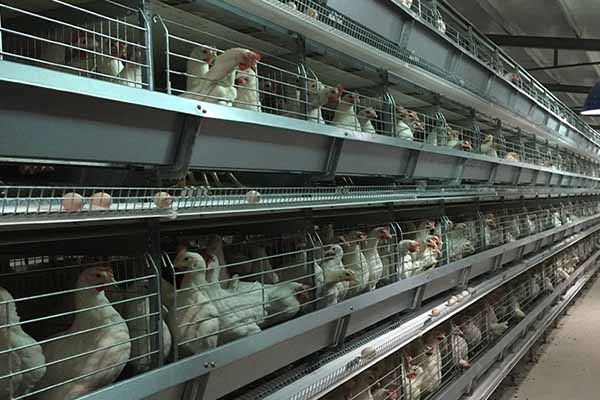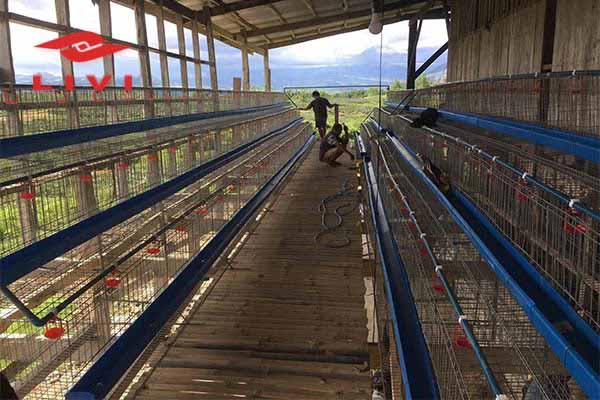Optimizing Egg Laying Cages for 80,000 Chickens in Tanzania
Intensive poultry farming is a growing industry in Tanzania, especially for egg production. Implementing the right infrastructure, such as egg laying cages, is crucial for a successful farming venture. In this article, we’ll explore the key aspects of egg laying cage design and the implications for farming 80,000 chickens.
Understanding the Scale of Egg Laying Cage Requirements
For a poultry operation to house 80,000 chickens, proper space management is essential. Each chicken requires an average of 0.5 square feet of space. This means a total area of 40,000 square feet, which translates to around 3,652 square meters. It is important to calculate this space meticulously to avoid overcrowding or undersupply.
Egg Laying Cage Design Considerations
- Height: Cages should be approximately 60 cm in height to allow chickens to roost comfortably and lay eggs at a natural angle.
- Depth: Adequate depth for each cage ensures that the chickens have a safe, clean space.
- Ventilation: Good air flow is essential to maintain optimal humidity and temperature, reducing the risk of respiratory diseases.
- Manure Management: Design should include an efficient system for collecting manure, which can be used as fertilizer or disposed of safely.
- Flooring: The cage flooring should be sturdy yet easy to clean, often a mesh or solid plastic surface is used.
Performance Metrics
In the poultry industry, several performance metrics are critical for success. For a farm with 80,000 chickens, consider the following:

| Performance Metric | Target Value |
|---|---|
| Daily Egg Production per Hen | 70-80 eggs |
| Feed Conversion Ratio | 1.8-2.0 |
| Total Eggs Production per Month | 21,600,000 to 25,600,000 |

Challenges and Solutions
Running a farm with 80,000 chickens presents its set of challenges. Here are some common issues and potential solutions:
- Illness and Disease: Regular health checks, clean living conditions, and proper biosecurity protocols are key to reducing disease risks.
- Manpower: Automation and efficient processes are essential to manage such a large operation without excessive labor costs.
- Water Supply: Access to clean water is vital. Implementing an irrigation system ensures continuous access.
By addressing these challenges, a poultry farm can significantly improve its yield and profitability.
Are you planning to start a  large-scale egg production farm in Tanzania? Contact us today for a free Livestock Innovations Inc. (LIVI) chicken farming design plan and equipment quotation.
large-scale egg production farm in Tanzania? Contact us today for a free Livestock Innovations Inc. (LIVI) chicken farming design plan and equipment quotation.




